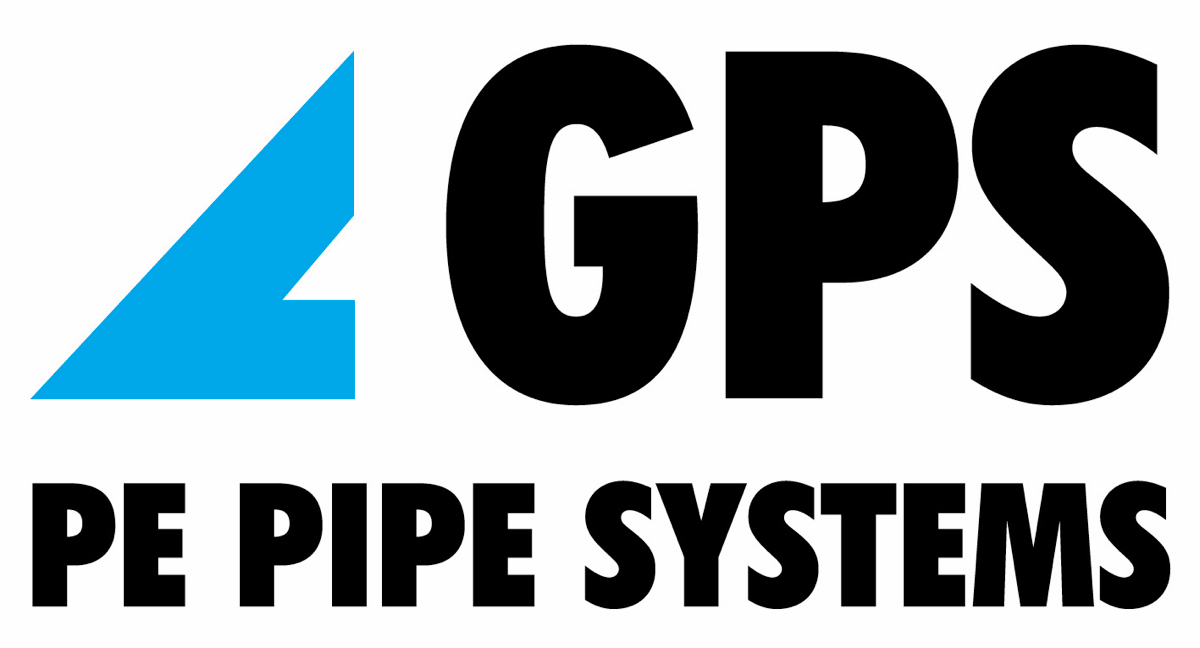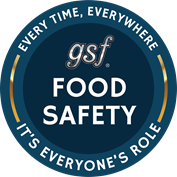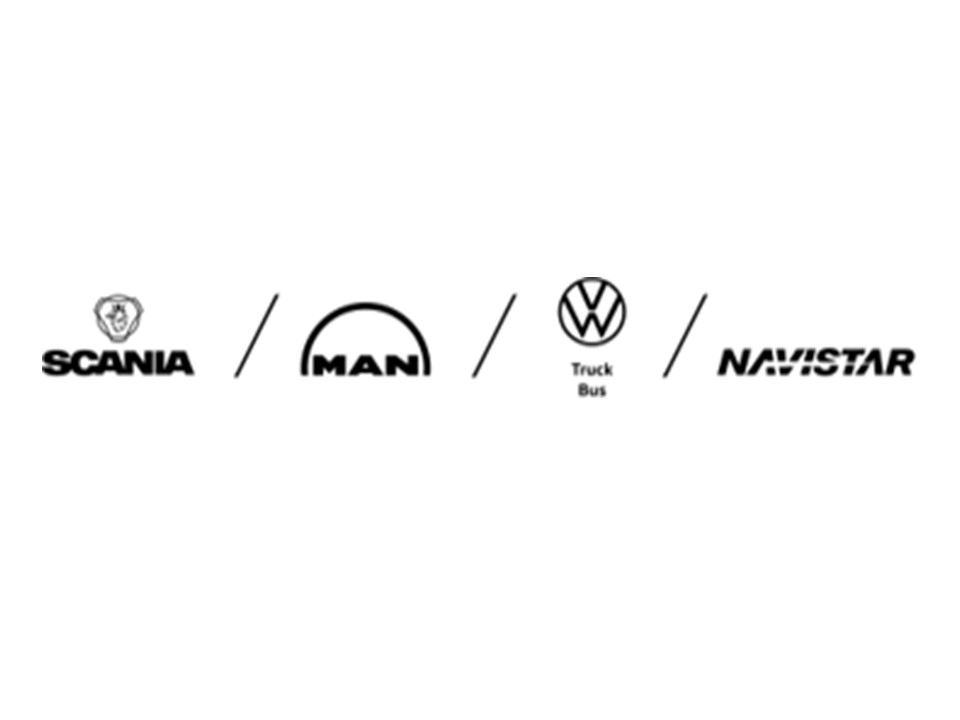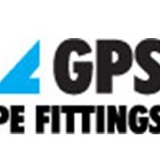Information
-
Document No.
-
Audit Title
-
Client / Site
-
Conducted on
-
Prepared by
-
Location
General Supplier Information
-
Scope of the audit
-
Name/Signature of auditor
Supplier Details
-
General information about the supplier
-
Photograph(s) of site
-
What items does the supplier manufacture or supply? (For GPS and/or other customers)
-
Photograph(s) of items supplied
-
Names/Positions of people involved in the audit as necessary
-
What certification is/can be supplied with goods?
- General Certificate of Conformity
- 3.1 Test Certification (actual results)
- Test certification (general results)
- None
- Not discussed
-
Is the supplier ISO 9001, ISO 14001 and/or ISO 18001 certified? Do they have other approvals?
-
Compliance Level
- Satisfactory
- Non-Conformance
- Observation
- Opportunity for Improvement
- Not Applicable
- Not audited
-
Improvement Action Required
-
Issues discussed and action(s) resulting (including details of purchasing NCR's)
Issue
-
Note/action
-
Add media
-
Add drawing
-
Responsibility
People Issues
1. People (Communication)
-
Look for evidence of: Team Talks, Notices Boards (check information is up to date and relevant), KPI graphs, or performance figures, information regarding performance of the QMS/EMS/H&S system (such as accidents, scrap, complaints, OTIF etc) What are the key process measures? Are these displayed? If so, is there evidence of continual improvement?
-
Is there evidence of good communication? (Describe/Photograph).
-
Compliance Level
- Satisfactory
- Non-Conformance
- Observation
- Opportunity for Improvement
- Not Applicable
- Not audited
-
Improvement Action required
2. People (Competence and Capability)
-
Is there evidence of employees having undergone training for the specific task(s) they are performing? Competency can be based on education, training, skills and/or experience. Are there issues with understanding (eg language barriers or disability)... Is there evidence of unsafe or environmentally unsound behaviour or practice.? Are Operators authorised to use equipment such as FLT's etc.
Are then any young persons working in the manufacturing areas? Has a suitable risk assessment been undertaken to reduce exposure to any hazardous environments and operations? -
Are personnel performing work which could impact on customer service, or the product, competent, capable and authorised? (Describe / Photograph).
-
Compliance Level
- Satisfactory
- Non-Conformance
- Observation
- Opportunity for Improvement
- Not Applicable
- Not audited
-
Improvement Action required
3. People (Responsibility and Authority)
-
Look for evidence of organisation charts and job descriptions. Are responsibilities and authorities documented in any procedures?
-
Is responsibility and Authority Clearly Defined? (Describe / Photograph).
-
Compliance Level
- Satisfactory
- Non-Conformance
- Observation
- Opportunity for Improvement
- Not Applicable
- Not audited
-
Improvement Action required
Materials issues
4. Materials (Health and Safety and Environmental Hazards)
-
Look for chemicals that are in use, including use of Local Exhaust Ventilation. Check that the chemicals are properly labelled, are listed in the COSHH register, and are used in a safe manner (using the PPE that is recommended) Check for signs of use of water which may be stale or contain bacteria (such as cooling water) and for signs of water spray. Do any of the material(s) used present a hazard (Environmental, or Health and Safety)? For example a hazard to aquatic life, or dust or explosive risk etc.
-
Are all chemicals in use suitably controlled? (Describe / Photograph).
-
Compliance Level
- Satisfactory
- Non-Conformance
- Observation
- Opportunity for Improvement
- Not Applicable
- Not audited
-
Improvement Action required
5. Materials (Identification and traceability)
-
Check materials in use (components, raw materials, products etc) are clearly identified in terms of their status and traceability and what they are for (e.g. supplier, batch number, part number, inspection and test status if applicable).
-
Are all Materials in use suitably identified and traceable (including goods received and finished goods)? (Describe / Photograph).
-
Compliance Level
- Satisfactory
- Non-Conformance
- Observation
- Opportunity for Improvement
- Not Applicable
- Not audited
-
Improvement Action required
6. Materials (Safe and sufficient Storage)
-
Check material(s) storage. Is it safe (not exceeding working loads for shelving and safely and suitably stacked - e.g. stability and load distribution), is it free from spills and leaks (eg granules on the floor), secondary contained as needed, is packing in good condition (damaged boxes etc).
Is storage such that it prevents damage or deterioration to the item(s) concerned? Does the material(s) in use have a limited shelf life such that it could deteriorate and not function properly (for example seals/gaskets or cements etc). Is there sufficient storage for WIP parts and finished goods stock? -
Are all Materials stored safely? (Describe / Photograph).
-
Compliance Level
- Satisfactory
- Non-Conformance
- Observation
- Opportunity for Improvement
- Not Applicable
- Not audited
-
Improvement Action required
Equipment issues
7. Equipment (Accuracy and capability)
-
Is equipment and machinery in use suitable for it's intended purpose, calibrated to ensure it's accuracy as necessary (if used to validate product quality, or measure environmental emissions or levels, or measure H&S performance)? Is equipment's performance repeatable to ensure reliability of the process?
-
Is equipment and machinery in use suitable, calibrated and capable? (Describe / Photograph).
-
Compliance Level
- Satisfactory
- Non-Conformance
- Observation
- Opportunity for Improvement
- Not Applicable
- Not audited
-
Improvement Action required
8. Equipment (Safety)
-
Has equipment undergone appropriate testing or statutory examinations (for example PAT testing, lifting equipment etc)? Is equipment suitably guarded (with the need to use a tool to remove) to prevent access to dangerous parts of machinery (including electrical cabinets).
-
Is equipment and machinery in use safe? (Describe / Photograph).
-
Compliance Level
- Satisfactory
- Non-Conformance
- Observation
- Opportunity for Improvement
- Not Applicable
- Not audited
-
Improvement Action required
9. Tooling and Equipment (Condition)
-
Notes: Add information about process for monitoring tooling and process for replacement if GPS owned tooling
-
Is Tooling and equipment in a condition to ensure good and reliable quality of output? If necessary is equipment regularly serviced or preventive maintenance applied to prevent deterioration? Is equipment stored such that it prevents deterioration or damage? Have GPS been informed of a likely replacement period if owned by GPS, and how is this time monitored?
-
Is equipment and tooling in good, serviceable condition, with suitable storage? (Including GPS Owned tooling and fixtures).
-
Compliance Level
- Satisfactory
- Non-Conformance
- Observation
- Opportunity for Improvement
- Not Applicable
- Not audited
-
Improvement Action required
Environment
10. Building Environment
-
Are there issues with building infrastructure, such as floor or wall condition - is there damage or deterioration to the building fabric (especially to any part of the building identified as asbestos)? Are floors free of holes, or uneven surfaces? Is the area water and dust free and at a reasonable temperature? is the temperature, humidity and other environmental conditions such that it prevents poor quality or deterioration of quality? Is there free access and egress?
-
Is the infrastructure of the building and access and egress suitable for a safe working environment? (Describe / Photograph).
-
Compliance Level
- Satisfactory
- Non-Conformance
- Observation
- Opportunity for Improvement
- Not Applicable
- Not audited
-
Improvement Action required
11. Environment (Waste, Energy and Emissions)
-
Are wastes from the process properly segregated and managed? Are recyclable wastes (cardboard, plastics, metal etc) and hazardous wastes (oils / chemicals ) disposed of by licensed operators? Are personnel clear on the correct disposal points? Is equipment turned off when not in use? Is there any evidence of emissions or discharges during the process?
-
Are wastes, energy, discharges and emissions properly managed? (Describe / Photograph).
-
Compliance Level
- Satisfactory
- Non-Conformance
- Observation
- Opportunity for Improvement
- Not Applicable
- Not audited
-
Improvement Action required
12. Environment (Fire Hazard)
-
Is there any fire hazard in the area (for example flammable chemicals in use, cardboard/wood or other flammable materials stored in such a way that they may cause a fire (eg against a hot surface)? Is there any source of ignition in the area (such as welding or brazing or heaters). Is there evidence of blocked cooling ventilation on equipment?. Has a fire risk assessment been conducted in the area/department?
-
Has the risk of fire been suitably assessed? (Describe / Photograph).
-
Compliance Level
- Satisfactory
- Non-Conformance
- Observation
- Opportunity for Improvement
- Not Applicable
- Not audited
-
Improvement Action required
Process
13. Process (Emergency/business recovery)
-
Is there an emergency preparedness procedure? Is there a business continuity plan? Is there resource to deal with emergency situations (eg spill kits, fire extinguishers etc?).
-
Are emergency procedures in place and are they tested on a regular basis? How would continuity of supply be maintained in the event of major issue? (Describe / Photograph).
-
Compliance Level
- Satisfactory
- Non-Conformance
- Observation
- Opportunity for Improvement
- Not Applicable
- Not audited
-
Improvement Action required
14. Process (monitoring and measurement of product and process)
-
Are quality objectives and quality requirements defined for the product - including on receipt - (for example quality plans, specifications, work instructions, quality alerts). Are the required verification, validation and monitoring, measurement, inspection and test activities specific to the product carried out correctly. Are there suitable records of such inspections and tests? is the person responsible for the checks clearly identified? Are process parameters monitored and measured. Are records for all of these monitoring and measurement activities available?
-
Are all relevant checks and measurements being undertaken and suitably analysed? (Describe / Photograph).
-
Compliance Level
- Satisfactory
- Non-Conformance
- Observation
- Opportunity for Improvement
- Not Applicable
- Not audited
-
Improvement Action required
15. Process (Legal/Standards Compliance)
-
Is the legislation/standard/specification to which the process must comply known, documented and available? is the legislation (if applicable) recorded within the legal register? Consider hazardous processes, for example work in confined spaces, working at height etc.
-
Is appropriate legislation or standards/specifications known? is it available? is it complied with? (Describe / Photograph).
-
Compliance Level
- Satisfactory
- Non-Conformance
- Observation
- Opportunity for Improvement
- Not Applicable
- Not audited
-
Improvement Action required
16. Process (Documentation)
-
Is the process suitability documented via process flow chart, work instruction, standard operation or quality plan etc. Are all documents controlled, including documents of external origin (such as GPS drawings or specifications)?
-
Is the process suitably documented and are inputs / outputs clearly defined? Are GPS requirements correctly transferred to the manufacturing areas? (Describe / Photograph).
-
Compliance Level
- Satisfactory
- Non-Conformance
- Observation
- Opportunity for Improvement
- Not Applicable
- Not audited
-
Improvement Action required
17. Process (Risk Assessment/Aspects Evaluation)
-
Have suitable and sufficient risk assessments been carried out? Is there evidence of Safe Systems of Work procedures to highlight high risk activities? Have environmental aspects and significant environmental risks identified? Has suitable staff training been undertaken and procedures put in place to mitigate these risks?
-
Are health and safety risks and environmental aspects managed suitable managed? (Describe / Photograph).
-
Compliance Level
- Satisfactory
- Non-Conformance
- Observation
- Opportunity for Improvement
- Not Applicable
- Not audited
-
Improvement Action required
18. Process (Non-conformance/Corrective/Preventive Action)
-
When the process goes wrong and results in a non-conformance or rework etc. is action taken to resolve the issue in terms of documenting the problem, disposal action being taken (scrap, rework etc), containment action (making sure the customer does not receive the problem), root cause analysis, and finally corrective action to resolve the root cause.
Additionally, is such failure analysed and improved as well as applying corrective actions to similar products proactively? Are issues identified by GPS resolved at root cause? Review actions taken. Is there any evidence that material(s) in use do not conform to requirements and could affect product quality (for example rusty, dimensionally non-compliant, or visually non-compliant items) If so, are they clearly identified as non-conforming, with appropriate action(s) identified? -
Is there a robust process for dealing with process and product non-conformance? Are all GPS issues resolved to root cause and suitable corrective actions put in place? (Describe / Photograph).
-
Compliance Level
- Satisfactory
- Non-Conformance
- Observation
- Opportunity for Improvement
- Not Applicable
- Not audited
-
Improvement Action required
19. Process (Outsourcing)
-
Are any processes or parts of the process outsourced? if so, how are these controlled to ensure compliance to customer requirements, environmental compliance etc? Are Key Suppliers monitored? Are Certificates of Conformity / Analysis received for outsourced components?
How is the quality of the outsourced operation verified? How is the outsourced activity approved and controlled? -
Is anything outsourced? if so how is it controlled? (Describe / Photograph).
-
Compliance Level
- Satisfactory
- Non-Conformance
- Observation
- Opportunity for Improvement
- Not Applicable
- Not audited
-
Improvement Action required
20. Continual Improvement
-
Discuss with the Supplier any improvement activities that have taken place since the last audit. These can include both product and process improvements. Has the Supplier been able to pass on any cost reductions by implementing these improvements?
Also discuss people and system improvements. These include training and development of the workforce and the implementation on new technologies. -
Can the Supplier demonstrate evidence of continual improvement since the previous audit? (Describe / Photograph).
-
Compliance Level
- Satisfactory
- Non-Conformance
- Observation
- Opportunity for Improvement
- Not Applicable
- Not audited
-
Improvement Action required
Additional Observations
21. Additional Observations
-
Document here any observations you have made during the audit that have not been previously highlighted in the report.
Observation
-
Observation
-
Add media
-
Compliance Level
- Satisfactory
- Non-Conformance
- Observation
- Opportunity for Improvement
- Not Applicable
- Not audited
-
Improvement Action required
-
Responsibility
-
Select date












